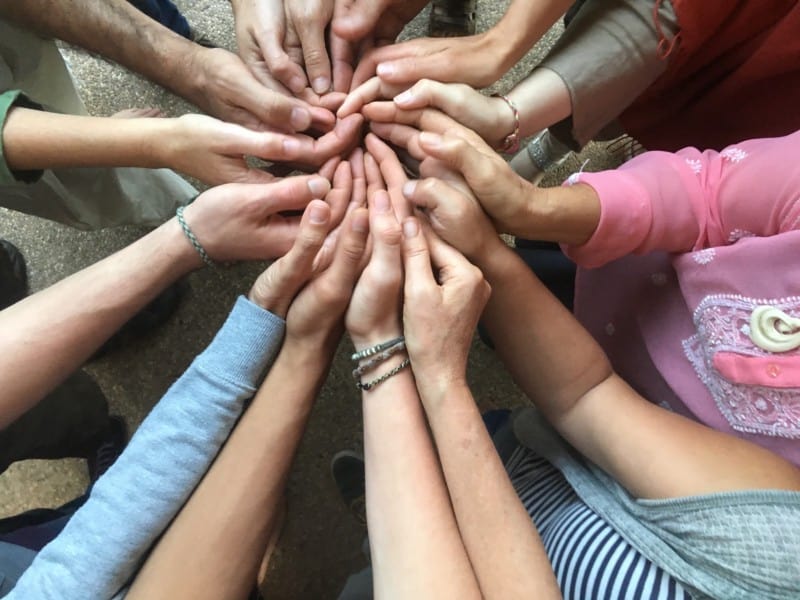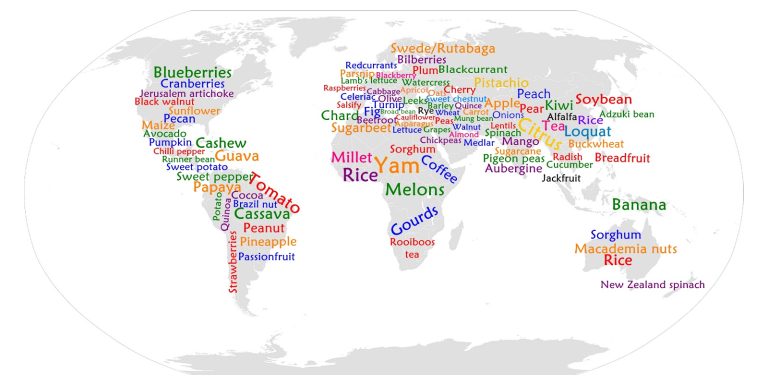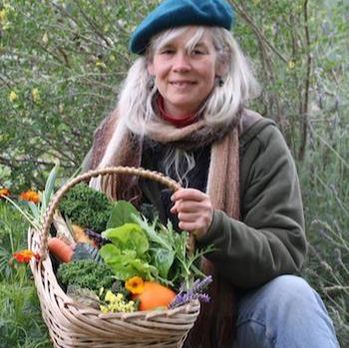Here are Twelve Rs of recycling to help guide you on your way to cutting down on waste. It may seem a simple goal, but it can be eye opening, and have surprising repercussions in all aspects of your life.
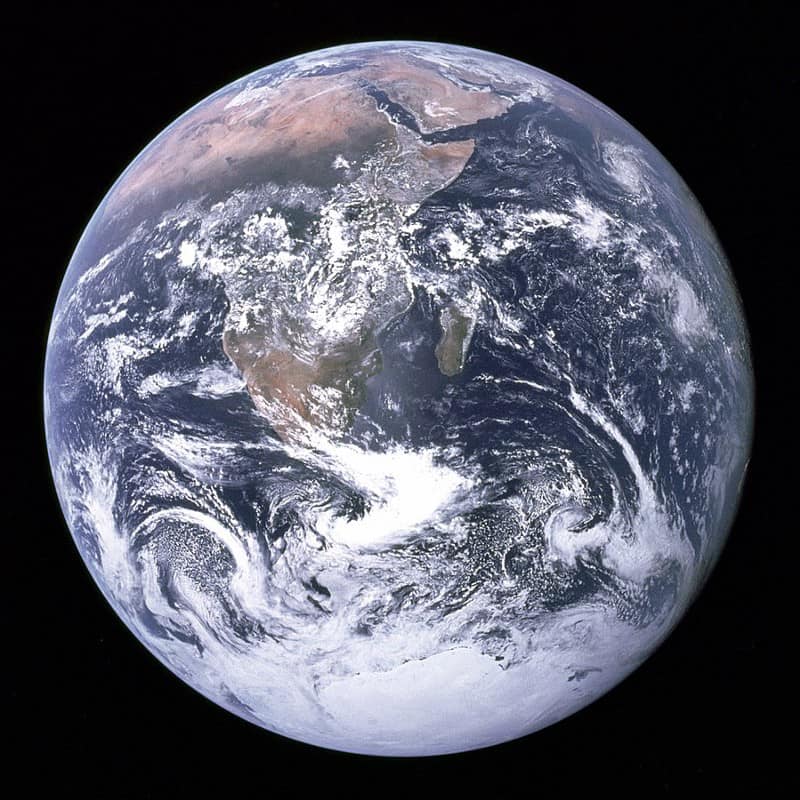
Most of the challenges we face in the world today, including climate change, diminishing resources, loss of biodiversity, food and water shortages, are the result of the wasteful practices of our modern society. Clever technologies conveniently remove the burden of dealing with the consequences of waste by distancing us from them, at least temporally. But invariably the impacts just cycle back somewhere or sometime else, often dumped on future generations. Tossed plastics don’t just disappear in the dump, the carbon dioxide from our industry and cars reaches out to the poles, waste cycles back to us, because we are part of a closed system, a beautifully complex web of connecting and cycling feedback loops. The impact of wastefulness goes beyond the material costs, something more profound is lost; the gift of wisdom that comes from insight that these feedback cycles offered us, an awareness of the value of our interconnection.
More and more people are joining a movement for a different kind of society, one based on the same ethics that guide permaculture; care for the people, the earth and future generations. People are claiming back their lives from mindless consumerism, debt, and wastefulness, to a life of awareness, self reliance, community and enjoying quality time. Taking practical personal steps, can be empowering in our own lives and lead to wider community level change, that ultimately leads to a profound cultural shift. In many communities such change is already in motion.
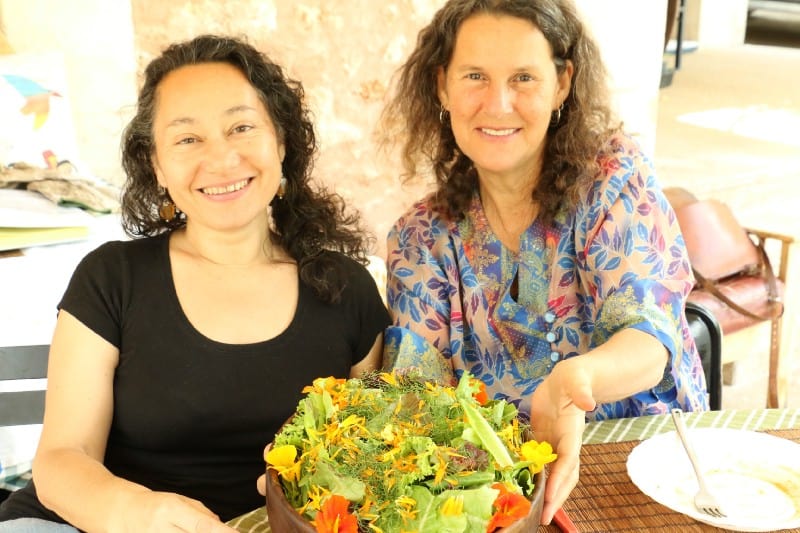
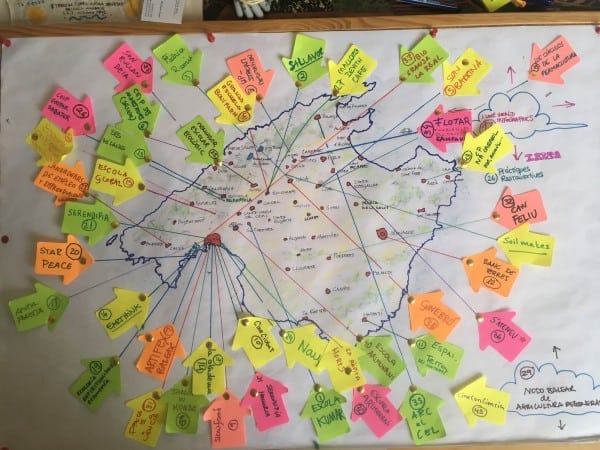
Here are Twelve+ Rs to help guide you on your way to cutting down on waste. It may seem a simple goal, but it can be eye opening, and have surprising repercussions in all aspects of your life. While acting in your own life, you will be joining with other people all around the world, participating in becoming part of the positive solution to the bigger global challenges facing all of us.
Refuse: To cut down on waste-simply refuse to receive unnecessary items (even if they are free) or buy stuff that is not reusable, compostable or recyclable. Say no to plastic bottles, and bags, to package goods, to unnecessary items like junk mail, and stuff with high embedded costs. What we don’t take we don’t waste. There are movements like the Voluntary Simplicity Movement and Minimalism that aspire to cut back on waste. As the name implies the Zero Waste Movement takes it one step further-reducing waste to particularly zero.
Reduce: We can reduce what we do bring into our lives. Declutter. Conserve. Simply buy, own, and use less; water, fossil fuel based energy, chemicals, appliances, and stuff in general, etc. Lift the burden of stuff off your back and livelihood. Reduce what you thought you needed to own, clean, maintain, and replace. Step lightly into a new life where you accumulate less stuff and appreciate what you have.

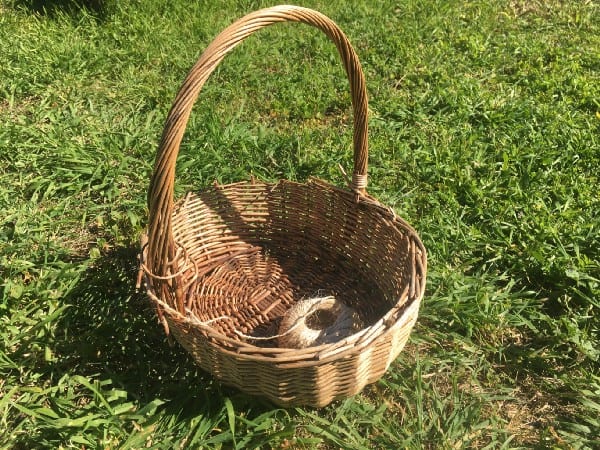
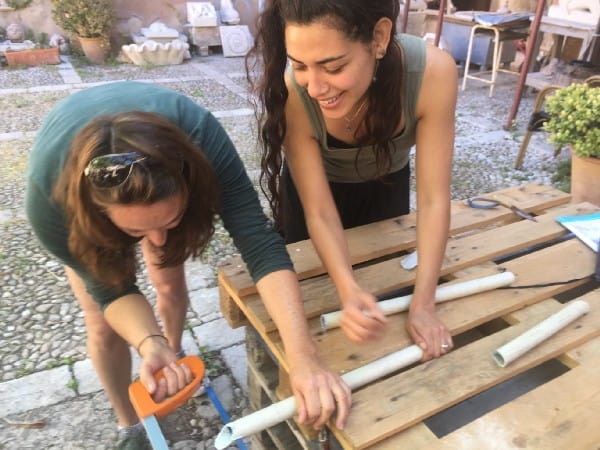
Repair: Fix things rather than tossing them and buying new ones. Buy things you can fix. For example Fairphones is making phones with parts that can be replaced when broken so the whole device does not need to be tossed. People are coming together in “repair cafes”, where they can share repair skills so items can be fixed and reused.
Reuse: Buy second hand when you can: clothes, furniture, appliances… everything. When you are done with something, give it a new home rather than throwing it away or even recycling it. When you buy, buy things that are well made and will last, that can be reused for generations. I still wear my dads old shirts that are about 30 years old and my 25 year old bike still works great. Antique furniture is cool and valuable and can often be found inexpensively at swap sales and flea markets — IKEA just doesn’t make things like that now. Plus, used items can be passed on with a story of care and respect. Reuse is not limited to stuff. For example greywater can often be reused through a simple design to water trees. Using your imagination and permaculture design many items can be creatively reused multiple times.
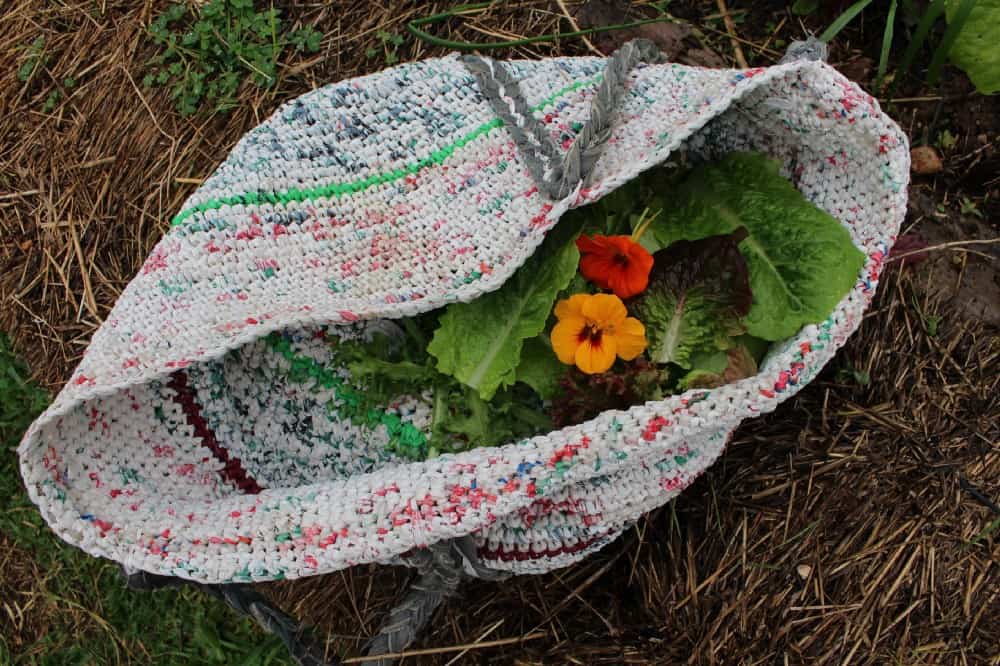
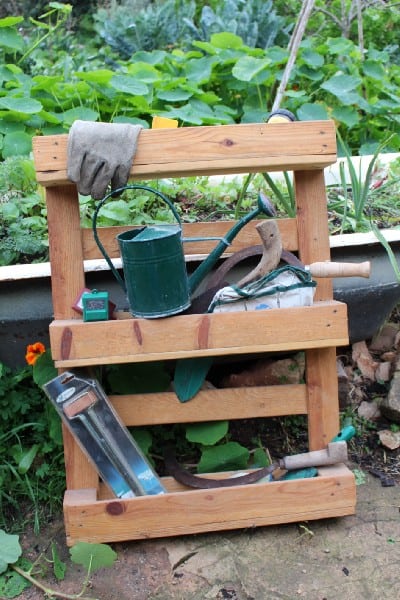
Repurpose and Upcycling: Here is where people get really creative; turn pallets into furniture, a cigar box into a guitar, cut wine and beer bottles in half to make drinking glasses. There is a whole movement of reusing spent cooking oil to run cars. If you like crocheting, you can take 500 plastic bags like my sister Nina did, and crochet them into a bigger, stronger, better bag. People are building whole houses with “junk”, using everything from tires to plastic bottles (check out the earthship movement). You can make beautiful art, musical instruments, new clothes from old ones, old clothes into other useful stuff, (felting old sweaters into blankets). The examples are endless. Be creative, have friends help, throw an upcycling party.
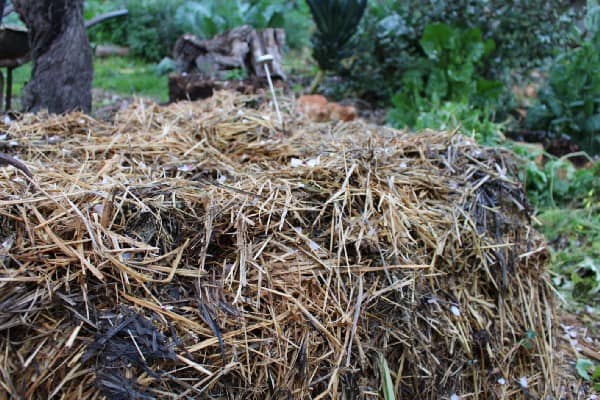

Regenerate: Compost organic waste in worm bins, backyard compost piles or through community composting programs to regenerate soils. Your organic waste problems become the solution. When you do buy, try to buy items that are compostable such as paper packaging rather than plastic. Buy clothes made from organic cotton, bamboo, or wool rather than polyester. Consider what items are made of, and choose biodegradable wherever possible.
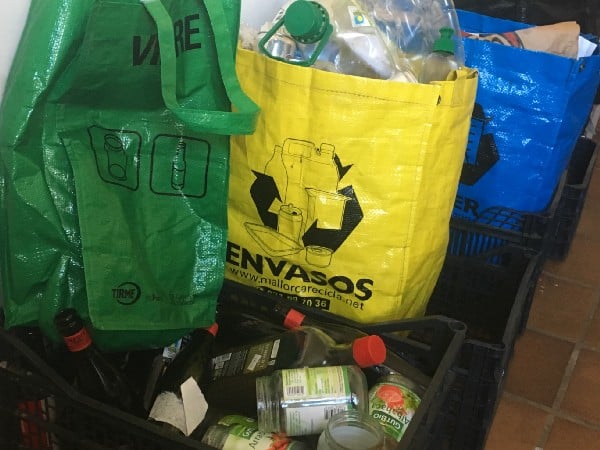
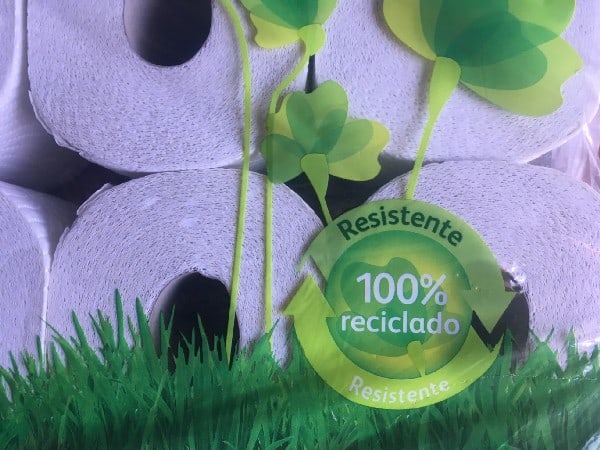
Recycling: Is what you do, only if you can’t do the other R’s. It’s a last resort and it has to be done right otherwise it’s just “wishful” recycling. If we toss recyclables improperly into the bin like people do with garbage that’s what it might become. You may need to wash off food, separate by type, and bring things you want to recycle to certain drop sites. If you do buy, buy things made from recycled materials. Our plastic bucket is made from recycled plastic, the paper I print on is recycled paper. Buying recycled products reduces the extraction of more raw materials and helps close the loop for materials that are non biodegradable like plastics.
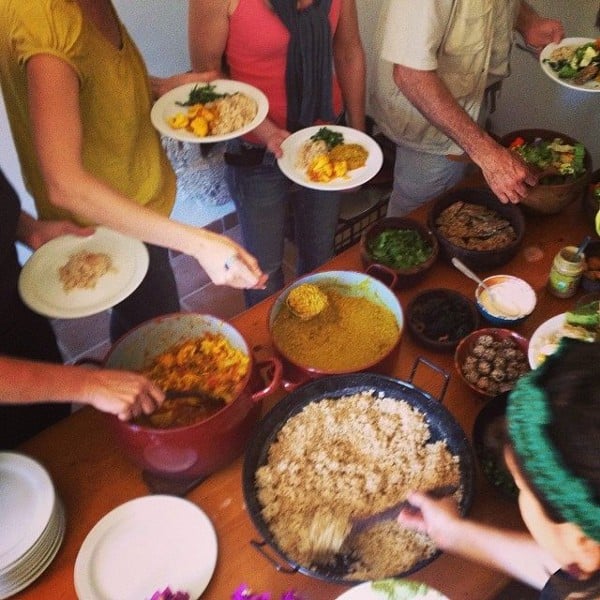
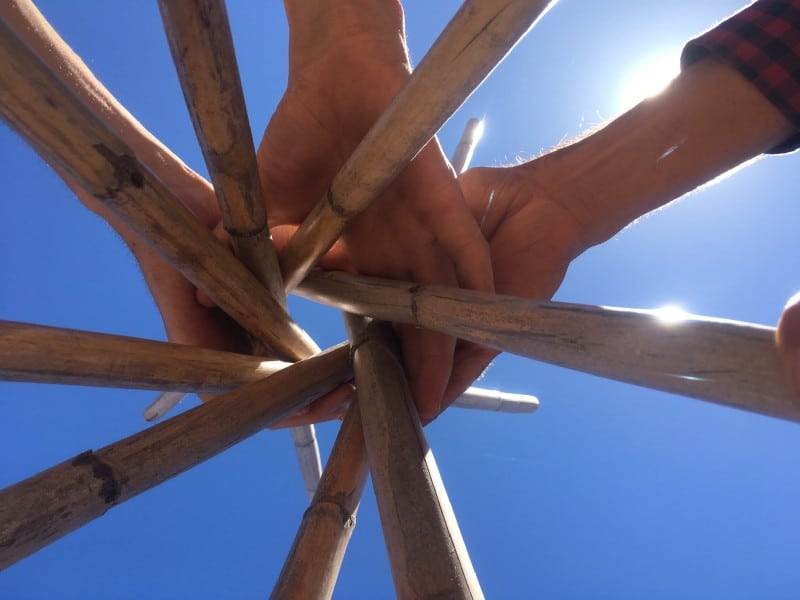
Rethink: Is there another way to get this item rather than buying it, even if its recycled? Could I borrow it? Lend it? Swap it? Share it ? Communal ownership of tools, bikes, cars, land, homes, boats, washing machines and more.. is an example of rethinking consumerism. Here is another opportunity for creativity and building community. Our reliance on brain numbing convenience has really taken a lot of creatively and fun out of collaborating and sharing. And it’s not limited to stuff; transportation, services, work, projects, meals…all these activities, when shared, can build relationship webs of interdependence that create vibrant and caring communities.
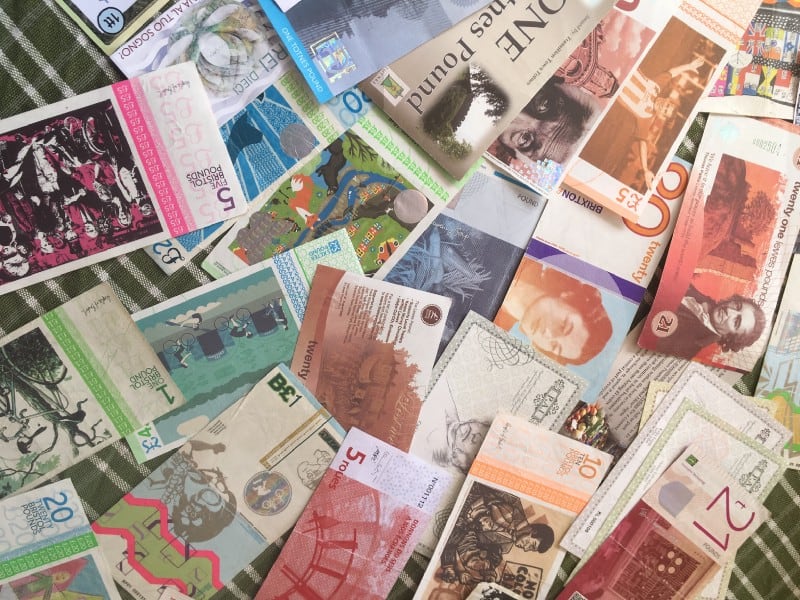
Redesign and reinvest: Innovators and regenerative product designers that are inspired by natural cycles have created a circular economy movement in which long-lasting product design, maintenance, repair, reuse, remanufacturing, refurbishing, and recycling are encouraged and rewarded. Taking it even further economists such as Kate Raworth, in her book “Doughnut Economics: Seven Ways to Think Like a 21st-Century Economist”, suggests we redesign our economy so it is based on earth and people care instead of one based on endless growth where costs are externalized. We can support these movements politically and as investors and consumers. Reinvest your money in your community and where your values are. More and more people are turning to alternative value base currencies.
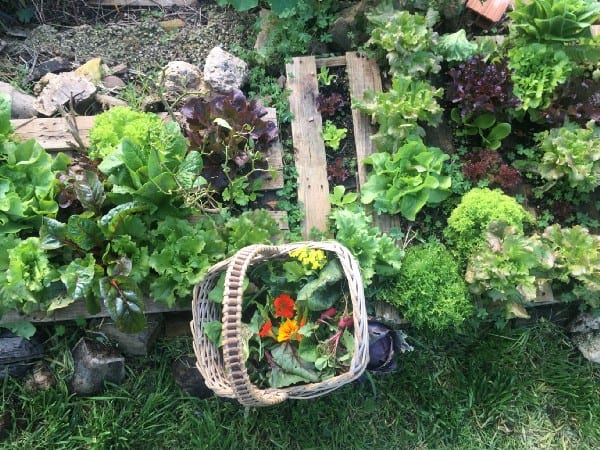
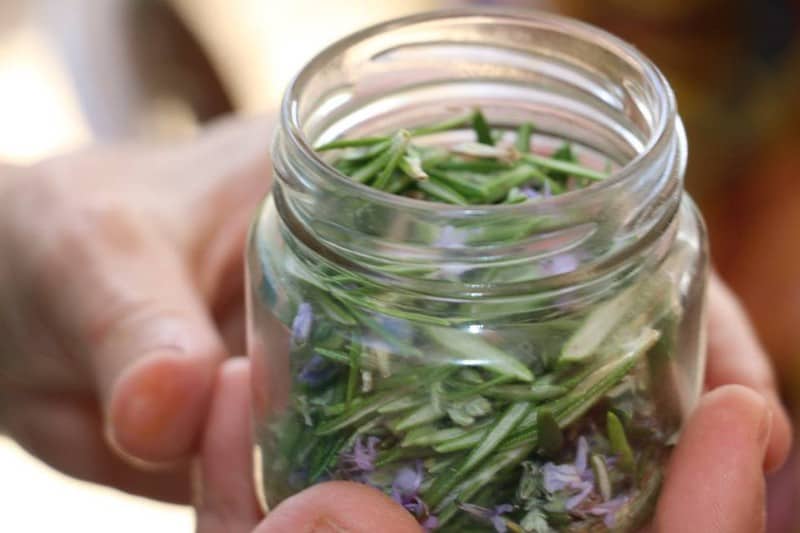
Resource and resilience: Reduce your waste resource footprint and create a more resilient lifestyle by growing and making your own resources. Growing some of your own food and herbs, even in small quantities, will lower your waste footprint. What you can’t grow resource locally at farmer markets, thereby reducing waste from transport and packaging. You can also resource your own toothpaste, shampoo and cleaning products using a few simple organic ingredients that are biodegradable and need no packaging. (The Internet has loads of recipes. I can pretty much take care of all of these with a kit of vinegar, baking soda, white clay, citrus peels, olive oil, and a bit of homemade soap).

Relax, reflect, and recharge: Wastefulness is often the result of a rushed, over-extended lifestyle. Slow down. Take time to remember do things the way you want to, smell the flowers, play, reach out to friends, and act with care. It is indeed a shame to waste life’s gifts of time, opportunities, and people.
Recognize, revere, and reward: The opposite of being wasteful, could be described as recognizing and appreciating what life offers us. The twelve +Rs can become a part of our daily practice that reflects and builds on our values to cherish life. From this orientation we are simply less likely to make choices that lead to waste. And more likely to recognize and enjoy what we have, in our lives, communities and the world. Our collective actions can reclaim a shared reverence for life. Acting together we can co-create deeply rewarding feedback loops.
